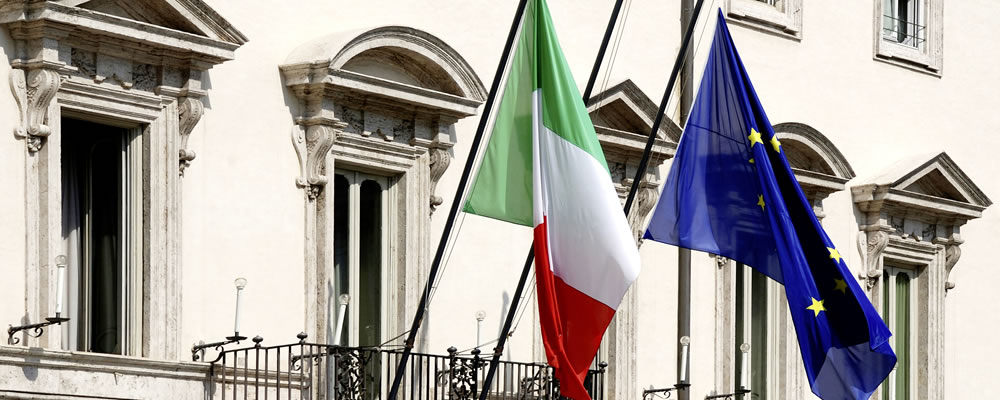Ongoing Italian Budget Issue Pushes EUR/USD Exchange Rate to Historic Low
The Euro (EUR) has fallen to its lowest level since July 2017 against the US Dollar (USD) today, with worries about the Italian budget draining EUR trader confidence.
Italy has locked horns with the European Commission (EC) over its budget proposal, which has been rejected by the EC and sent back for revision.
There are still a couple of weeks left before the budget is reviewed again, but recent remarks from the head of the Bank of Italy have rattled Euro traders.
Ignazio Visco has highlighted Italy’s ballooning debt levels and stressed that there needs to be immediate progress to calm wary markets:
‘Italy’s public debt is sustainable, but there must be a clear determination to keep it that way.
‘Uncertainties over Italy’s convinced participation in the European Union and the single currency must be dissipated.’
Mr Visco has further unsettled Euro traders by warning about the consequences of an economic slowdown:
‘In a country like ours, where growth is already low, and has been below the Eurozone average for many years, a further slowdown in economic activity would be felt more than elsewhere.’
US Dollar to Euro (USD/EUR) Exchange Rate Up 0.3% on Surprise Employment Growth
A forecast-beating measurement of employment has boosted US Dollar (USD) demand today, pushing the USD/EUR exchange rate higher.
ADP’s employment change measure has risen from 218k jobs added in September to 227k in October, beating the predicted 189k printing.
This appreciation bodes well for tomorrow’s non-farm payrolls reading, which measures changes to employed persons outside the agricultural sector.
Higher employment could ultimately lead to a faster pace of wage growth for US workers, which will make a Federal Reserve interest rate hike more likely.
Euro to US Dollar Exchange Rate Forecast: Is EUR/USD Volatility ahead on PMI Data?
The next economic data that could affect Euro to US Dollar (EUR/USD) exchange rate movement will be PMI figures, from both the US and the Eurozone.
The US figures are due out first, with Thursday afternoon expected to bring contrasting reports about manufacturing sector activity.
One PMI compiler, Markit, is expecting a slight increase to the PMI reading, while ISM is conversely forecasting a minor decline.
If both analytical companies report that sector activity has risen sharply then the US Dollar could follow suit and appreciate against the Euro.
Euro traders will have their own PMI stats to pore over on Friday, with the morning bringing finalised manufacturing figures for October.
The EUR/USD exchange rate could drop off when the data comes out, as current expectations are for a slowdown in the pace of sector activity across the Eurozone.
Any early losses for the Euro could grow on Friday afternoon, in the event that US non-farm payrolls data reveals a sharp rise in the number of employed persons.



